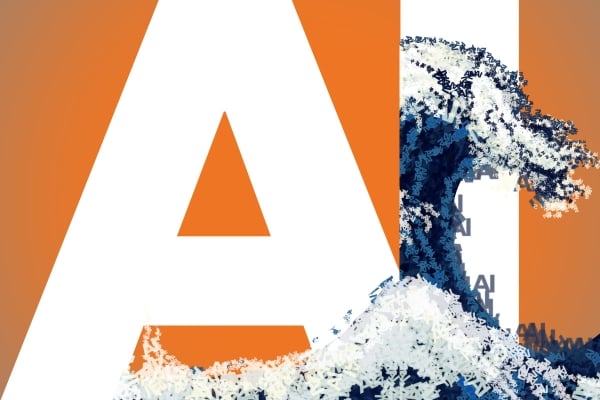Hawaii, known for its stunning beaches and natural beauty, is also home to several universities that are facing challenges in keeping up with the rapid advancements in artificial intelligence (AI). As AI technologies continue to revolutionize industries around the world, universities in Hawaii are finding it increasingly difficult to attract and retain top talent in the field.
One of the main challenges facing Hawaiian universities is competition from larger institutions on the mainland and overseas. Universities in California, Washington, and other tech hubs have been investing heavily in AI research and education, attracting top researchers and students from around the world. This has made it difficult for Hawaiian universities to compete for the best talent, as many students and researchers are drawn to universities with more resources and established programs in AI.
Another challenge for Hawaiian universities is the lack of industry partnerships and funding for AI research. While Hawaii does have a growing tech industry, it is still relatively small compared to tech hubs on the mainland. This means that universities in Hawaii have limited opportunities for collaboration with industry partners and securing funding for AI research projects. As a result, they may struggle to stay current with the latest advancements in AI and provide students with the training and skills they need to succeed in the field.
Additionally, Hawaiian universities face challenges in attracting and retaining diverse talent in AI. Diversity is crucial in AI research and development, as different perspectives and backgrounds can lead to more innovative solutions and better outcomes. However, Hawaii’s relatively small population and limited resources make it challenging for universities to recruit and retain diverse talent in AI, especially when competing with larger institutions that can offer more opportunities and support.
Despite these challenges, Hawaiian universities are working to catch the AI wave and keep pace with advancements in the field. Some universities have been investing in AI research and education programs, partnering with industry leaders, and providing scholarships and support for students interested in AI. By focusing on collaboration, innovation, and diversity, Hawaiian universities can overcome these challenges and establish themselves as leaders in AI research and education.
In conclusion, Hawaiian universities face unique challenges in keeping up with the rapid advancements in AI. However, with strategic investments, partnerships, and a focus on diversity, they can position themselves as key players in the field and attract top talent from around the world. By embracing the AI wave, Hawaiian universities have the opportunity to make significant contributions to the field and drive innovation in the tech industry.



